The work was bought at Christie’s in 2009 by the Qatar Museums Authority and is generously on loan to the National Portrait Gallery in London.
It is at present touring and, at the time of writing, can be seen at:
South Shields Museum and Art Gallery - until 9th March 2013 - this exhibit has concluded but I think it is interesting to see why this gallery was chosen to exhibit the portrait.
It was exhibited with a selection from the Gallery’s own archives, focussing on faith and identity. The town is home to a well-established Muslim community.
New Walk Museum and Art Gallery, Leicester - (6th April - 30th June 2013)
The Gallery will focus on changing demographics of the local community, hoping to develop a sustainable relationship with the Somali community.
After this, the portrait returns to the National Portrait Gallery. Eventually it is expected to return to Qatar.
Sources:
“Face of Freedom” by Bonnie Greer in Art Quarterly, Spring 2011.
Press Release: National Portrait Gallery, Wednesday 7 July 2010 Ayuba Suleiman Diallo Appeal
Voyages database: Ayuba Suleiman Diallo and Slavery in the Atlantic World.
Copyright: K. Duffy


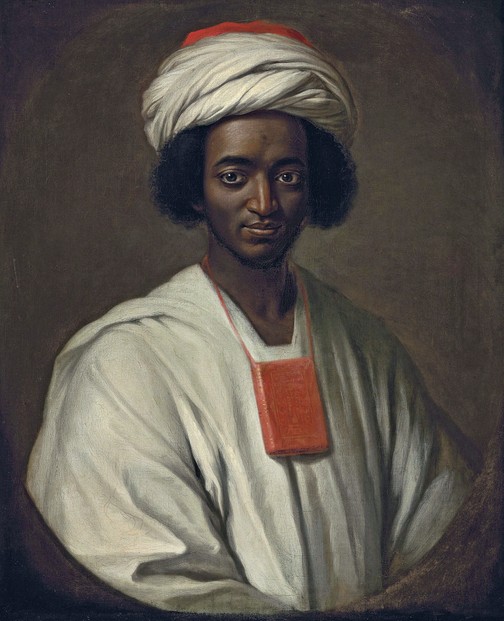
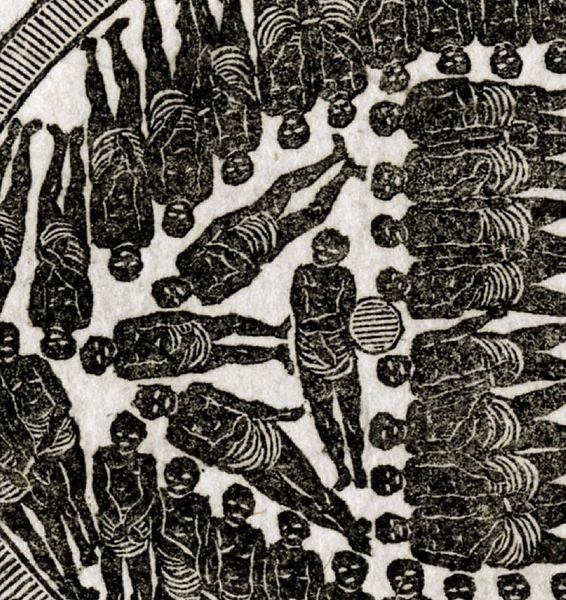



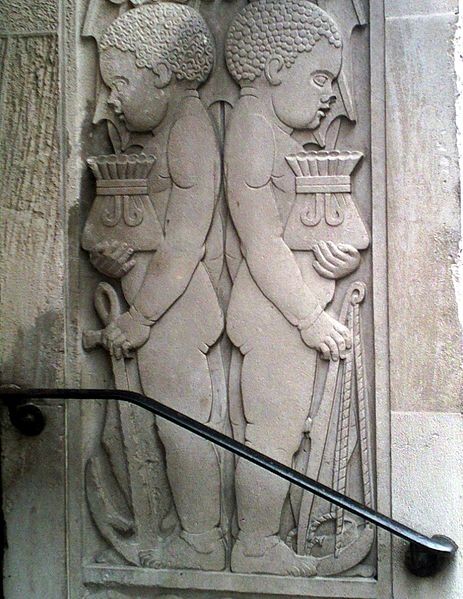



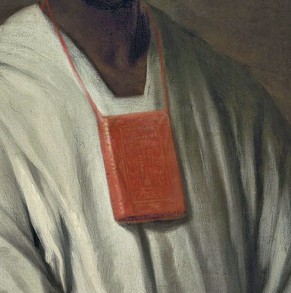
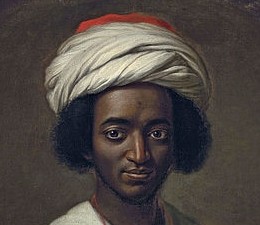



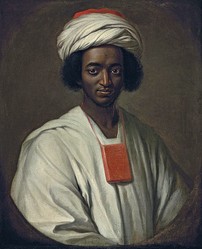

 How to Choose a Walking Cane or Stickon 08/01/2014
How to Choose a Walking Cane or Stickon 08/01/2014
 Michael Miller Fabulous Fabric Swatches for Quilting, Crafts etcon 07/02/2014
Michael Miller Fabulous Fabric Swatches for Quilting, Crafts etcon 07/02/2014
 The Drama of Life in the Rock Poolon 06/08/2014
The Drama of Life in the Rock Poolon 06/08/2014
 The Flâneur - Symbol of Modernity in 19th Century Parison 05/09/2014
The Flâneur - Symbol of Modernity in 19th Century Parison 05/09/2014

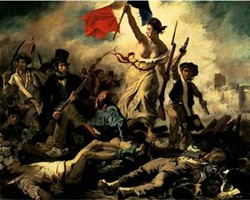
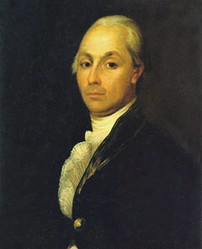
Comments
The crews of the slave slave ships were little better than slaves themselves, wage slaves, often the most inadequate seamen who could not get jobs other than on these miserable under-crewed ships. There would be a sea captain and a bullying a Boatswain to control the men, along with the slave merchant who sold humans for a profit and underpaid and underfed his miserable sailors.
That is such an interesting comment Frank. Many thanks for this.
Slavery is a world wide phenomenon. Yes, the Atlantic slave trade was White Europeans capturing Blacks Africans, but the East African trade was Arabs enslaving Africans. It is a brutal truth that the European slave ships were so badly under-crewed to the extent that they were not capable of raiding for slaves, so they had to purchase slaves from other Africans, who were happy to collaborate with Europeans in enslaving fellow Africans. It was Africans who did the raiding to sell to the European slave traders. The Barbary Corsairs, from North Africa, ran an operation capturing and enslaving Europeans for many centuries until about 1812, when the British and the Dutch attacked Algiers and forced the Bey to cease his operations and release European slaves. So many races have had members who were slaves and slavers.
Slavery continues today through the human trafficking of people, particularly young women and children. But there are forms of slavery that use debt as a tool, and these are not racially based, but relate to social class and poverty.
I am a member of Antislavery International. I was inspired to join by the stories of modern slavery and human trafficking in the press.
Hello Mira, Thanks for your comment. I guess it could show that slavery wasn't purely a racial transaction, but more to do with profit and 'class'.
Very interesting story. Like one guest who commented here, I find it hard to imagine and accept that he continued to trade slaves after experiencing slavery himself.
Robin - I am so glad you enjoyed the article and that you have seen the portrait. It is a truly moving work of art. :)
Thank you so much for this article... I just recently visited the Portrait Gallery and saw this stunning portrait. I really appreciate hearing his story in more detail -- it is truly fascinating.
Thank you Georgette!
Very interesting article!
Some great philanthropists have come from the 'upper classes' - often motivated by profit as in Victorian industrialists and their model towns, but nevertheless they did some great things. Again, I think it's a complex subject which is why it is so fascinating.